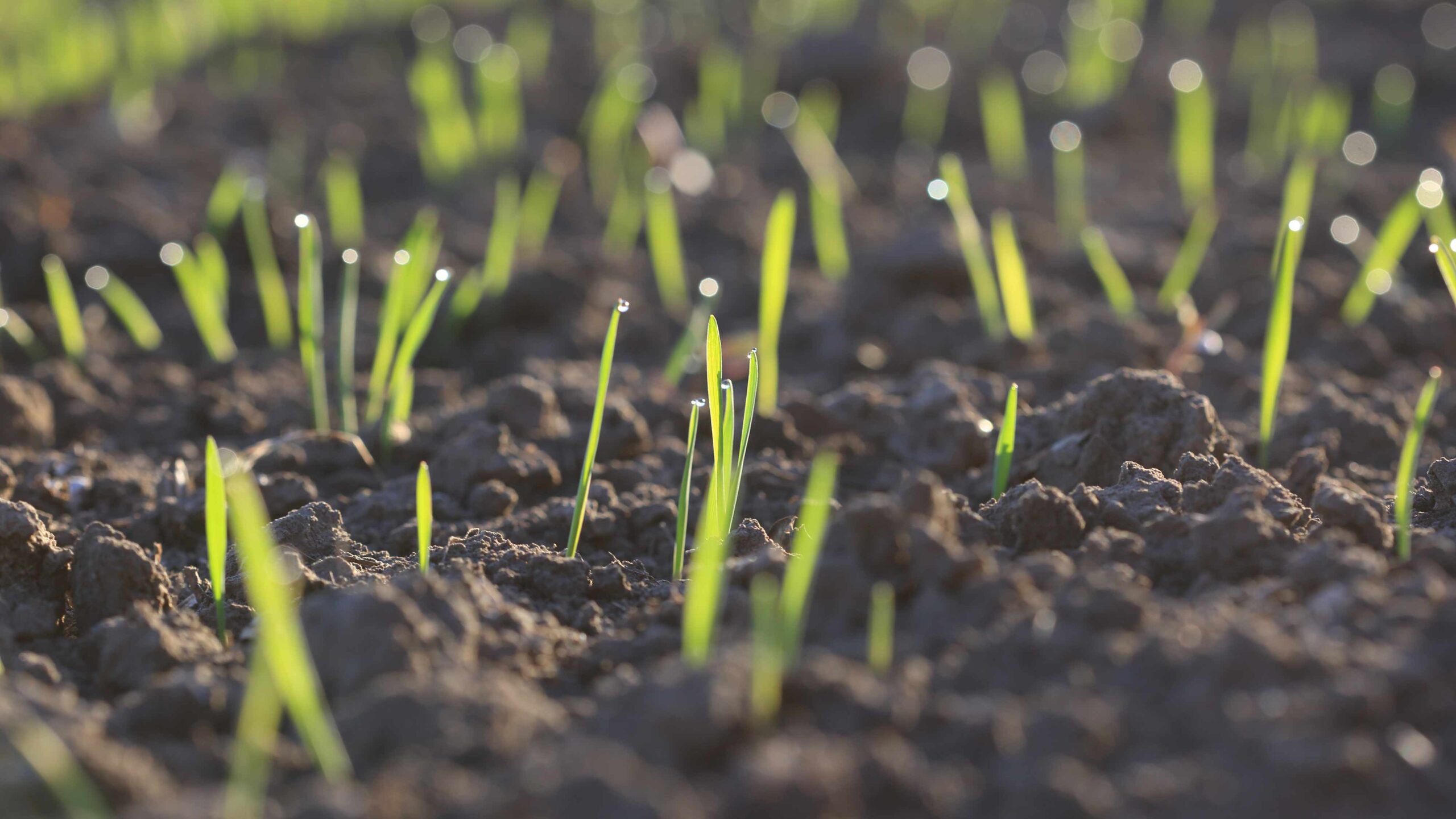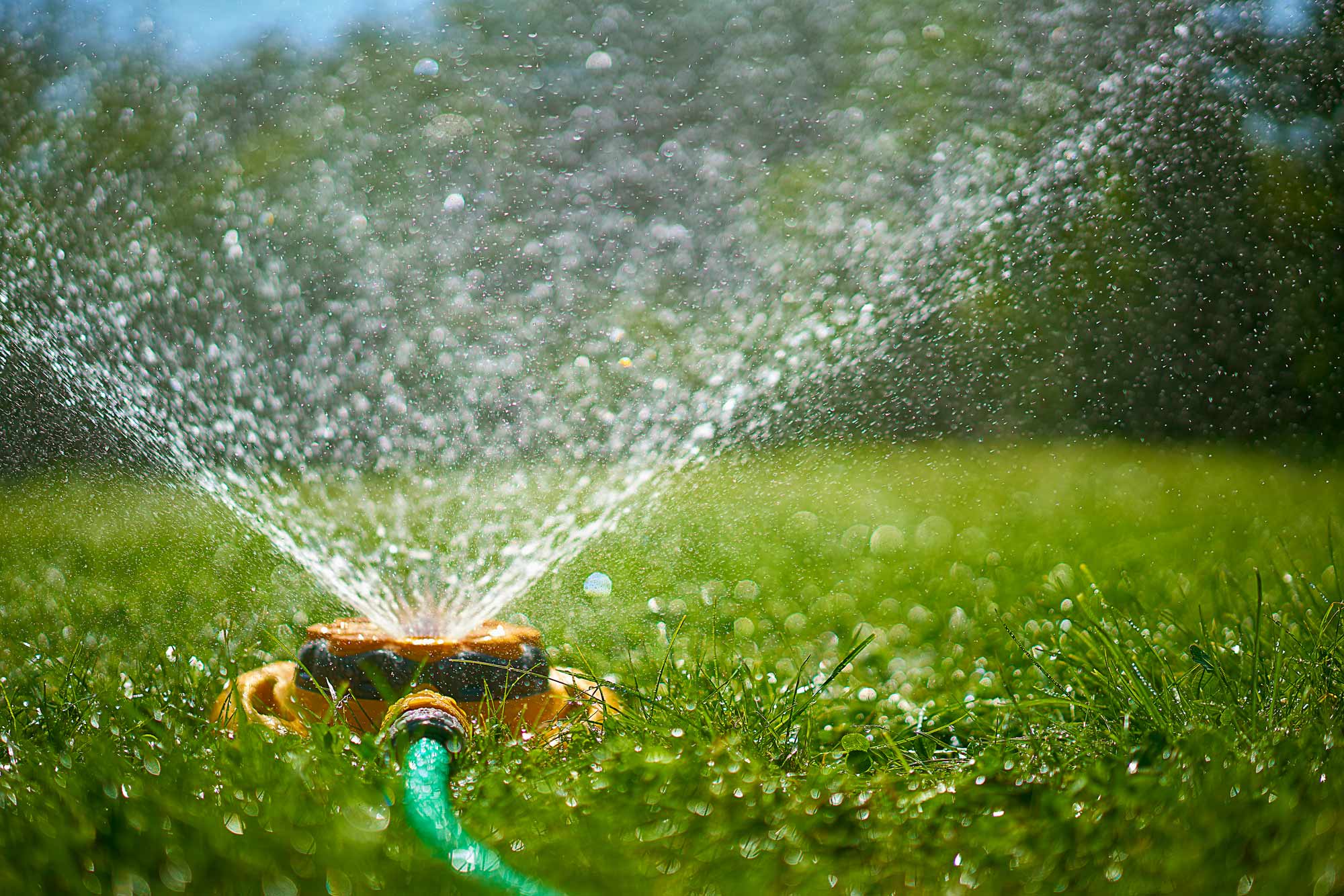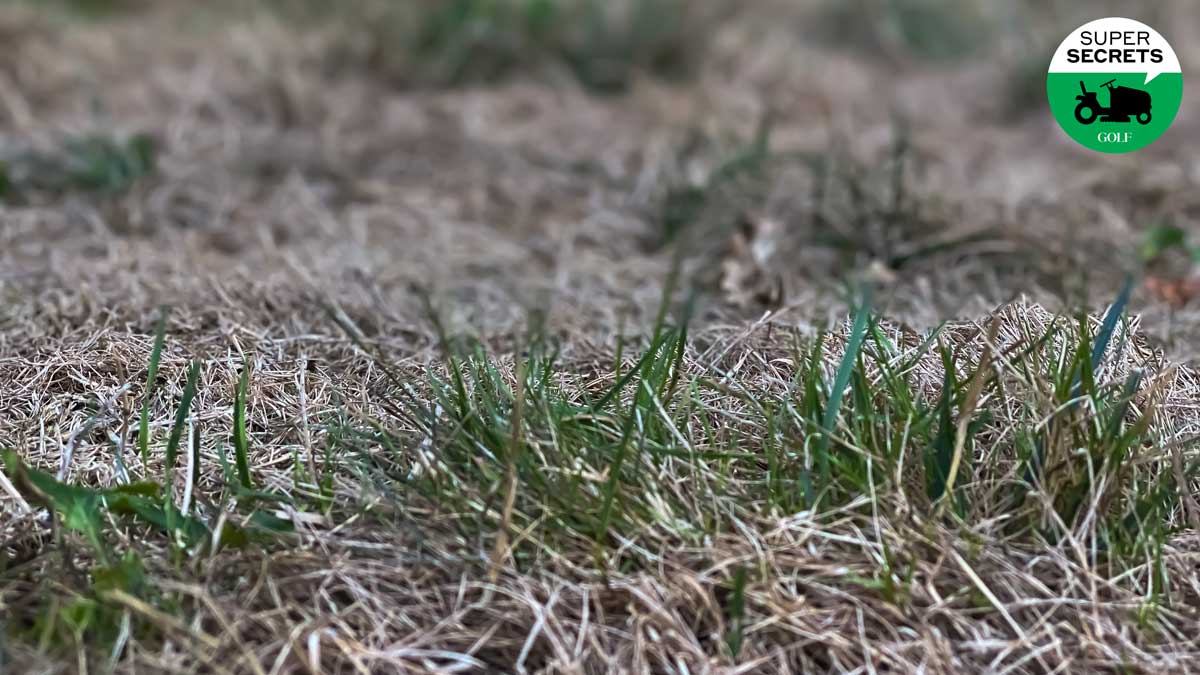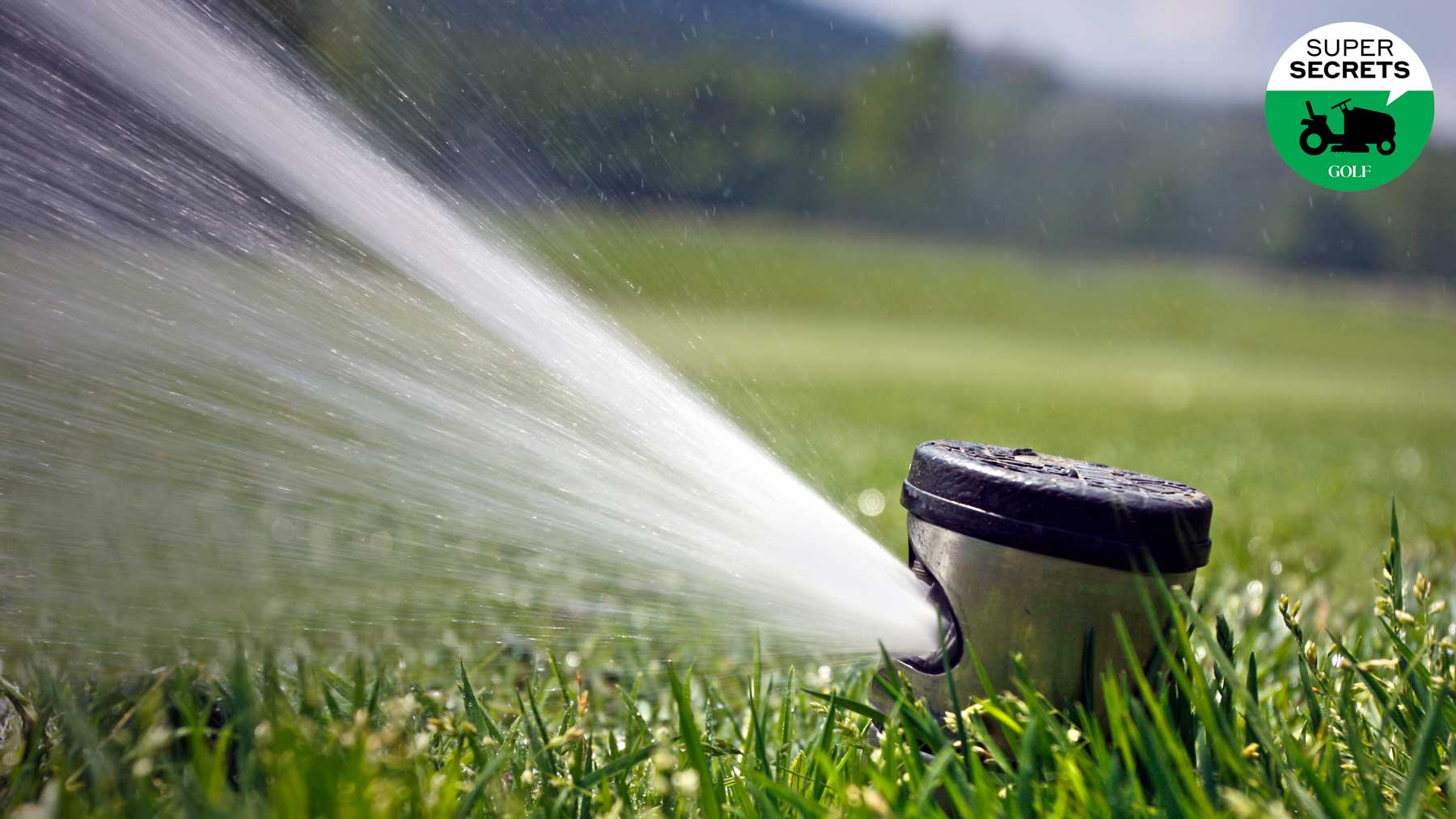The best time of year to plant new grass, according to golf-course superintendents

In cooler climes, it takes up to 14 days for grass seeds to germinate, and another 7 to 8 weeks for the grass to get established.
getty images
Ed. note: Welcome to Super Secrets, a new GOLF.com series in which we’re picking the brains of the game’s leading superintendents. By illuminating how course maintenance crews ply their trades, we’re hopeful we can not only give you a deeper appreciation for the important, innovative work they do but also provide you with maintenance tips that you can apply to your own little patch of paradise. Happy gardening!
***
To every thing, there is a season, and a time to every purpose.
But since this is a column devoted to turf care, here’s what we want to know: When is the best time to plant grass?
As with so many agronomical questions, an exhaustive answer could fill volumes.
So let’s narrow the discussion to two main subjects: cool-season grasses and warm-season grasses. In the United States, generally speaking, the former grow in northern regions, while the latter flourish farther south.
We asked superintendents in both parts of the country about the practices they follow when seeding a golf course, and what lessons might apply in our own yards.
The best time of year to plant grass in cooler climes
True to their name, cool-season grasses, such as bentgrass, fescue and perennial rye, do best when they’re planted as autumn approaches and the mercury starts to drop, says Len Curtin, superintendent of George Wright Golf Course, just outside Boston. The sweet spot, he notes, is when soil temperatures are between 45 and 68 degrees, an optimal range that allows for both robust root development and healthy leaf growth.
In New England, where Curtin has worked for most of his career, courses tend to do their grow-ins around the last week of August. It takes roughly 7 to 14 days for the seeds to germinate, and another 7 to 8 weeks for the grass to get established. By that time, air temperatures have started to get autumnal, cool but not too frosty, just the kind of conditions cool-season grasses love.
Does springtime work, too?
Temperatures are cool in the springtime, too, so why not plant these grasses then? A few reasons, Curtin says. For starters, the soil is still too cold, especially in the early spring, so the root systems struggle to develop and the turf never becomes its healthy best (the roots of cool-season grasses are happiest when soil temperatures are in the neighborhood of 60 degrees).
As spring wears on, and soil temperatures rise to a more suitable range, the roots have a better chance to prosper. But by then, the weather has also gotten warmer, which isn’t great for the grass itself. What’s more, that warm weather also brings out weeds like crabgrass and goose grass.
“So as your grass comes in, it will be competing with those weeds,” Curtin says. And it won’t have much hope. “Those weeds will essentially starve your turf to death.”
So, what’s the lesson for your lawn?
Plant your seeds as autumn approaches, Curtin says, though you might consider waiting until mid-September, pushing the schedule back a few weeks later than golf courses do. Why? In its early stages, newly planted grass is delicate and demanding. It needs food (fertilizer) and a lot of water, but not so much water that you drown it. That’s a tricky balance to strike.
Because most golf courses have sophisticated irrigation systems, they can handle the high-maintenance demands of newly planted grass in late August. Most homeowners do not have such precise equipment. They also might not have the free time and attention it takes to stay on top of proper irrigation during this fragile phase of growth.
If you wait until mid-September, when the temperatures are a little cooler, you’ll have more margin for error. That wiggle room will come in handy as you strive for that happy medium: watering your grass enough to prevent it from drying out and dying, but also not so much that you soak it to death.
The best time of year to plant grass in warmer climes
This may come as a shock, but warm-season grasses do best when planted in (drum roll, please!) warm conditions, with soil temperatures around 65 to 70 degrees, and daytime temperatures of above 80. These grasses also love sunshine, so the longer the days, the better, according to Craig Ellis, director of agronomy at Eldorado Country Club, in Indian Wells, Calif.
For those reasons, Ellis says, late April is prime time to plant a warm-season varietal like, say, Bermuda. The days are long and warm, but the temperatures have yet to reach the searing peak of summer, and there’s less competition from crabgrass and other weeds.
Completing the grow-in on an entire golf course can take several months, if not longer, so a job that starts in April might not end until late-summer or early autumn. That’s not a problem, Ellis says, so long as the grass is well established before a serious cold snap hits. For that reason, he says, it’s best to complete the planting of warm-season grasses at least 90 days before the year’s first frost.
How much should you water your new grass?
Like cool-season grasses, warm-season varietals require a lot of TLC when they’re just starting out. They need nourishment, in the form of fertilizer, and plenty of water, but not so much water that it does them harm. This can be a fine line, but Ellis says that watering for roughly four to five minutes every three hours should get the job done right.
A basic rule of thumb, he says, is that “you never want to water so much that you’re left with a wet spot on the course.” Another good test is to grab a handful of soil and squeeze it: it should be moist enough that it clumps together, Ellis says, but not so wet that excess water pours out.
So, what’s the lesson for your lawn?
Plant your warm-season grasses in the spring, and irrigate them carefully in the early-going, keeping conditions moist but not overly wet. Ellis recommends using a starter fertilizer before you lay the seeds, followed, a few months later, when the grass is established, by a slow-release fertilizer that will help sustain the turf throughout the year.
Eventually, as your lawn comes in, you’re going to want to mow it. Along with making your lawn look neat and tidy, mowing has the side-benefit of propagating seeds, which results in thicker, lusher turf. Just don’t cut the grass too low, Ellis says; that will leave it vulnerable. And make sure your mower blades are sharp. Mowing with dull blades will leave the leaf blades frayed, which isn’t just unhealthy. It’s also not a pretty look.














